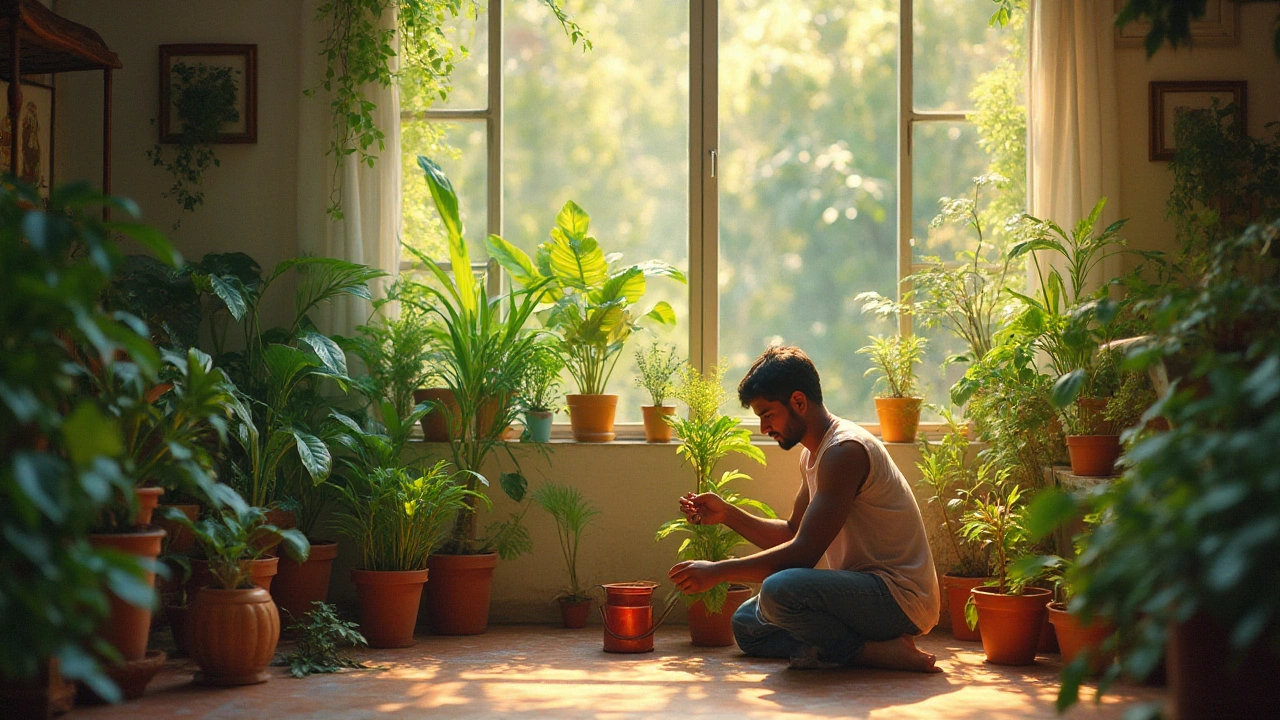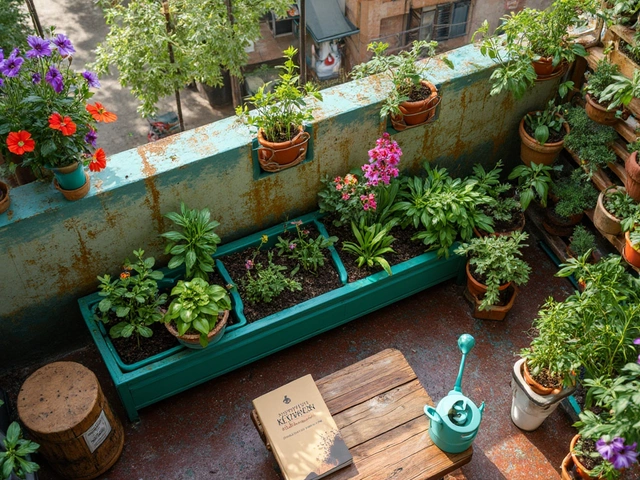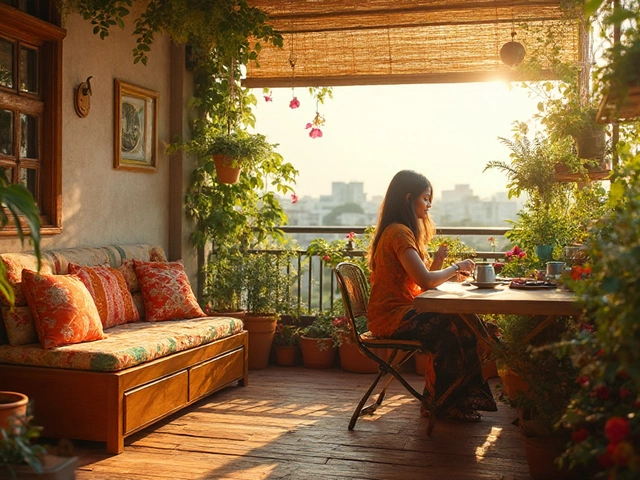There's something undeniably satisfying about nurturing a wilting plant back to its vibrant self. But let's face it, as captivating as indoor plants are, they can sometimes look a little worse for wear. And while it might seem a bit disheartening, the good news is that most plants can spring back from the brink with the right care.
From overwatered ferns to sun-starved succulents, each plant has a story to tell. Understanding their whispers and cries for help is not just an art; it's a science. It's about rediscovering the nuances of light, experimenting with watering schedules, and revamping soil quality to foster an environment where they can thrive once more.
Buckle up as we embark on a green-thumb journey, turning those droopy leaves and sad stems into vibrant spectacles that bring life back into your urban oasis. Whether you're a seasoned gardener or a curious beginner, this guide will equip you with the tools needed to breathe life into your indoor sanctuary. Let's get started!
Identifying the Problem
Recognizing what's ailing your indoor plants is the first step on the road to recovery. This crucial phase is akin to listening to your garden's quiet utterances, requiring both a keen eye and a bit of patience. To properly diagnose the issues, it's vital to observe the plant's current state and understand its natural behavior. Keep an eye on the foliage — crispy, browning edges often point towards water troubles while yellowing leaves can suggest an entirely different dilemma. Indoor plants are quite communicative; they wear their ailments us like a badge for those who take the time to notice.
Rotating your plant 360 degrees, pay special attention to its structural integrity. Droopy or wilted plants might be sending a distress call for changes in light and water. A feel test of the soil can be revealing; overly soggy or parched soil directly affects root health. Don't forget to peer under leaves and along stems for any uninvited guests. Insects such as aphids or spider mites can sap the life from a languishing plant. Interestingly enough, the adage you reap what you sow applies aptly here—healthy roots usually mean a happy plant while the inversion signals a call for help.
Sometimes, the problem isn't immediate or visible. Plants are creatures of habit and deviations from their preferred environment can lead to distress. Although they seem static, environmental cues influence them is tantamount to understanding each species’ requirements and idiosyncrasies. A common anecdote among plant enthusiasts is discovering neon pothos losing their bright variegation when placed in dim corners. A quote from horticulturist Peter Raven encapsulates this beautifully,
“A plant's survival is a testament to its adaptability; understanding their silent language is our responsibility.”
If in doubt or you’re unable to decipher the signs yourself, utilizing digital platforms or plant identification apps can complement your investigation. Some apps are equipped with features like light meters and detailed care schedules for indoor plants. When combined with your observations, these tools can provide a holistic understanding. As a general rule of thumb, knowing your plant’s history can preempt many problems. Whether it lived outside prior to its current role or its journey from greenhouse to your living room, every step is pertinent. Leveraging this insight helps establish a baseline to streamline the road to recovery. In this era of constant media and technological innovation, accessing knowledge is easier than ever. Tap into this treasure trove to make your horticultural journey fulfilling and successful.
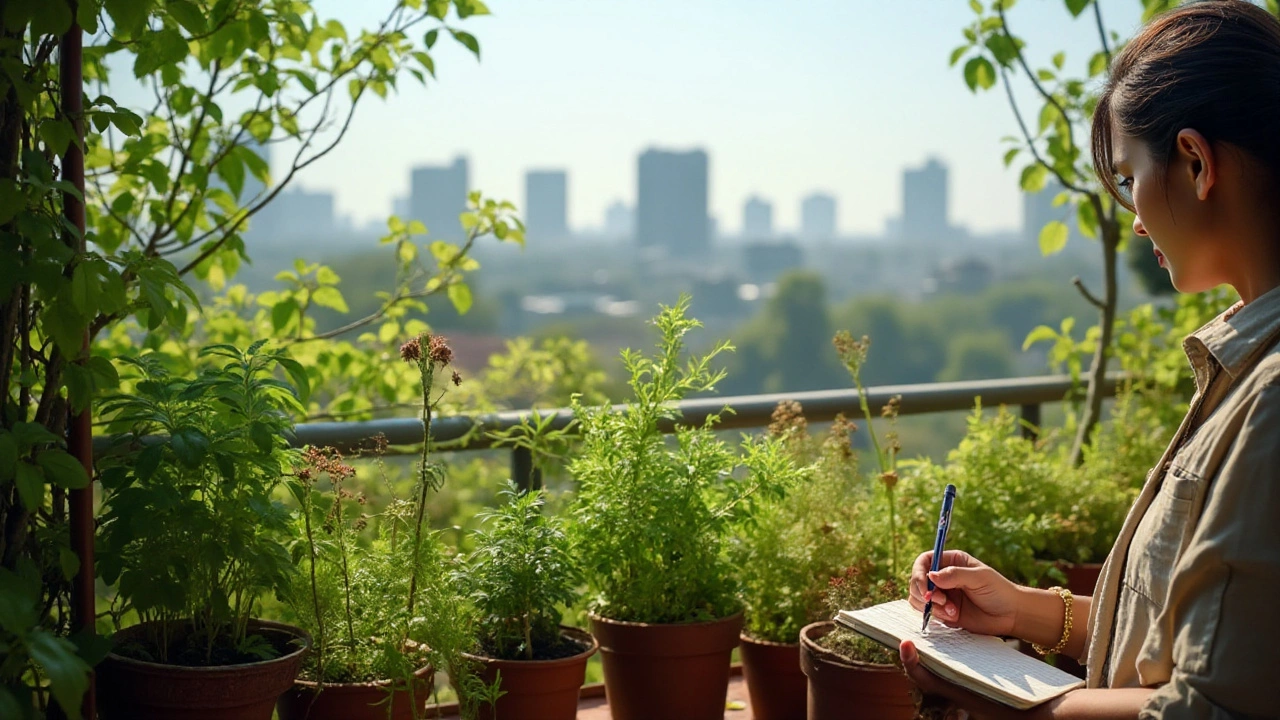
Adjusting Light and Water
Your indoor plants are like little green sun-seekers, yearning for the right amount of warmth and rays to mimic their natural habitat. Yet, it is all too easy to underestimate just how dramatically light availability can impact their health. Assessing the lighting needs begins with recognizing the plant species you have. Is it a sun-loving creature, or does it flourish in low-light conditions? Placing your plant in a suitable location based on these requirements can drastically change its appearance. If your room doesn't offer ideal sunlight, consider using LED grow lights as a supplement. These energy-efficient bulbs can simulate the sun's benefits and promote growth even in the darkest corners of your home.
Watering practices are another make-or-break factor in the survival of indoor plants. Identifying your plant's watering needs is just as important as matching its light needs. For instance, succulents and cacti thrive in less frequent but thorough watering cycles, letting the soil dry completely between sessions. In contrast, your tropical plants will likely crave consistent moisture to maintain their lush green foliage. The brilliance lies in understanding the balance. You might find it helpful to follow a set routine, yet remain adaptable to seasonal changes that will affect water requirements. Cue in the quote from plant expert Dr. Diana Davis:
"Overwatering, not underwatering, is the number one killer of indoor plants. Understand the soil moisture levels and your plant’s unique needs,"she states. Take heed; the life you save could be that of your flourishing fiddle leaf fig.
For more analytical folks, maintaining a watering journal could be an excellent approach. Here, jot down the frequency, amount of water given, and any changes in the plant's condition week by week. Also, consider investing in a simple moisture meter to precisely gauge moisture levels within your plant's pot. Although you're investing in your botanical residents' well-being, remember that practice and patience are the most reliable gardeners. As you commit to this journey, your efforts are sure to reward you with a vibrant indoor garden environment. Data from the Royal Horticultural Society suggests that the correct light and water balance can increase plant longevity by up to 30%, ensuring your verdant friends stay lush and vigorous for years to come.
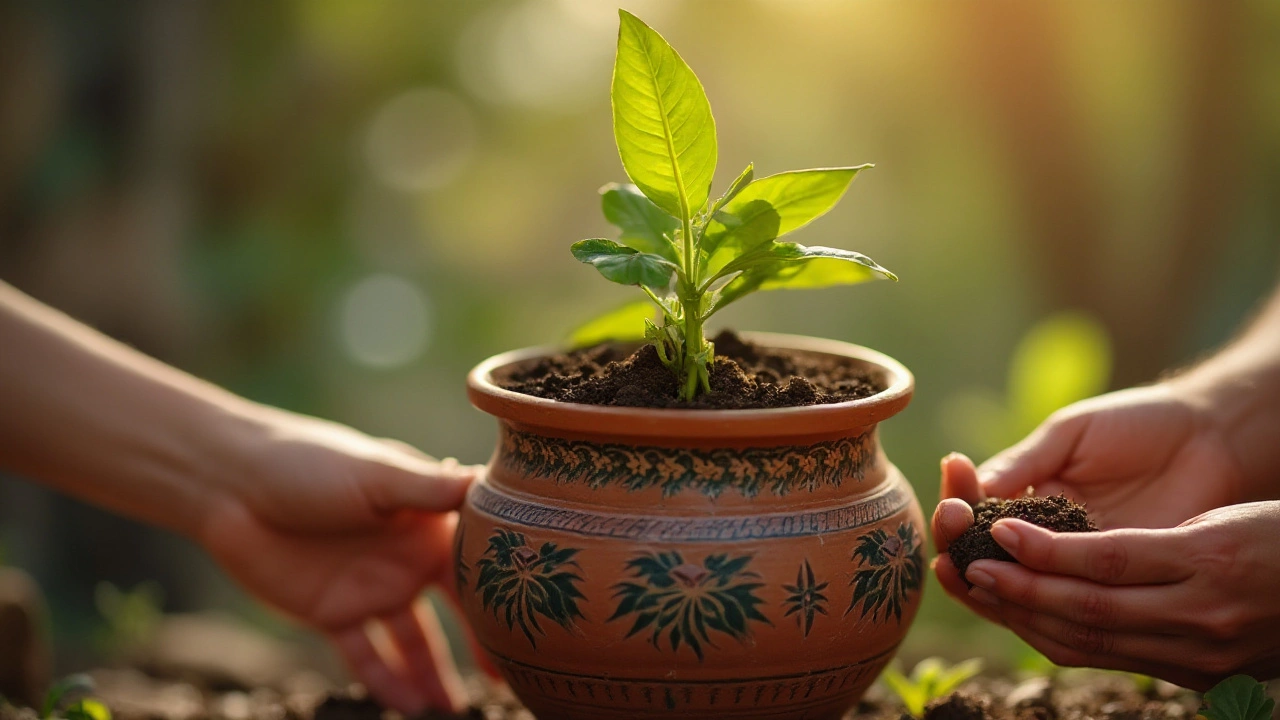
Optimal Soil and Nutrition
When it comes to reviving indoor plants, the role of optimal soil and nutrition cannot be overstressed. A plant's soil is its main source of nutrients, and getting this balance right can mean the difference between life and lifelessness. Good soil is more than just dirt; it's a complex mix that provides the essential elements of life. Think of it as your plant’s kitchen cupboard stocked with its favorite foods and ingredients tailored to its needs. The right soil mixture enhances not only nutrient uptake but also facilitates the key processes of drainage and aeration. In fact, each plant species may have a specific type of soil mix that suits it best, which can depend on its native environment. For instance, cacti thrive in well-draining, sandy soil, whereas ferns prefer more moisture-retentive mediums.
Nutrition, on the other hand, is all about ensuring your plants have all the essential elements they need for growth and development. This often comes down to ensuring the ‘big three’—nitrogen, phosphorus, and potassium—are present in the right proportions. Commercial fertilizers often list these as N-P-K ratios on their packaging. But plants may also require trace elements such as magnesium or calcium, often referred to as micronutrients, to truly thrive. If a plant appears stunted, or if leaves are yellowing despite optimal light and water conditions, a nutrient deficiency may be at play. In this context, using a balanced, all-purpose fertilizer can address a myriad of problems. However, too much of a good thing can be harmful; your aim should be to achieve balance rather than overindulge.
Testing the soil is a valuable step in determining nutrient levels. Kits available at garden centers can help you identify imbalances and adjust your approach accordingly. And while synthetic fertilizers do the job, opting for organic alternatives like compost can enrich the soil structure as well as the nutrient profile. According to horticulture expert Jane Smith, "Feeding your plants is like feeding yourself a nutritious meal rather than just snacks. It's about holistic plant care that extends beyond just getting it to survive."
Healthy soil supports healthy plants, creating a symbiotic relationship that mimics the plant's original natural environment.
In some cases, it may be beneficial to look up specific requirements for each plant, considering seasonal changes and growth phases. The good news is that even plants on the brink of death often show remarkable resilience once soils and nutrients are optimized. You're not just growing plants; you're rejuvenating your indoor ecosystem, ensuring your plants are not just surviving but thriving. Whether you're a beginner or a botanical enthusiast, mastering the art of adjusting soil and nutrition is a rewarding endeavor, promising a future where your indoor garden flourishes like a lush green paradise, a testament to your nurturing hands.
Below, a typical snapshot of different nutrient requirements:
| Plant Type | N-P-K Ratio | Preferred Soil Type |
|---|---|---|
| Succulents | 5-10-10 | Sandy, well-draining |
| Ferns | 10-10-10 | Moist, peat-rich |
| Tropical Houseplants | 20-20-20 | Loamy, nutrient-dense |
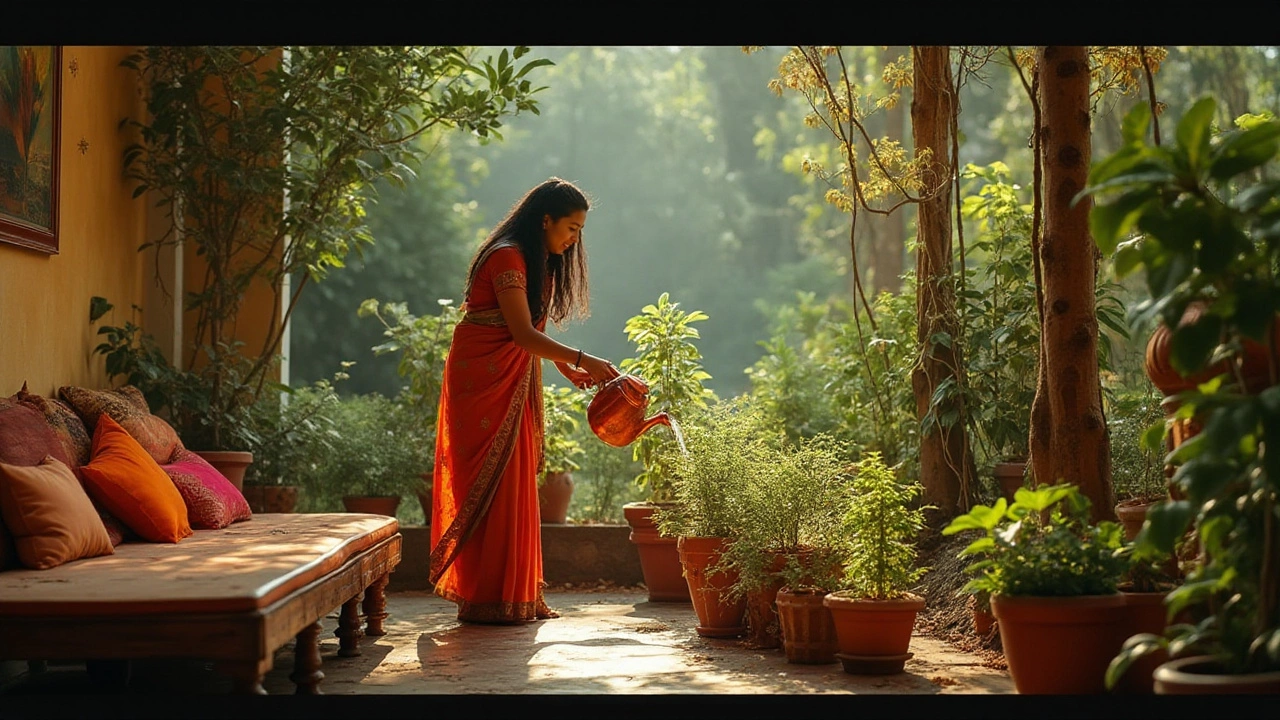
Long-term Plant Health
When it comes to ensuring the long-term health of your indoor plants, consistency and observation are your best allies. The life of a plant is shaped not only by the nurturing hands of its caretaker but also by the environment it grows in. Maintaining a healthy plant means being vigilant about changes in its surroundings and adjusting your care routine accordingly. A plant that thrived in summer may need different conditions in winter, so adaptability is key. It's about striking a balance between the natural world and your indoor oasis, reflecting on the changes in light, temperature, and humidity as the seasons mingle in their rhythms.
One cannot overstate the importance of regular feeding. Just like us, plants need sustenance beyond water. This doesn't mean haphazardly tossing fertilizers; instead, it's about understanding your plant's nutritional needs. Regularly incorporate organic matter like compost into your soil mix to ensure it has the necessary macro and micronutrients for sustained growth. Remember, a robust root system is your plant's backbone, so nurturing it with a good diet is crucial for its health.
"A healthy plant requires not just sporadic care, but an understanding of its unique needs as it grows," says Dr. Petra Wolf, a botanist who specializes in indoor flora. "Engage with your plants regularly, and they will reward you."
A crucial part of sustaining plant health lies in protecting them from pests and diseases. Regularly inspecting leaves, stems, and soil can deter infestations before they spiral out of control. You might notice yellowing leaves or stunted growth, indicators that unwanted guests have arrived. Using natural deterrents like neem oil, or encouraging beneficial insects, can help ward off potential threats without harming your greenery.
Finally, don't underestimate the power of pruning. Trimming dead or dying parts not only keeps your plants aesthetically pleasing but also encourages fresh growth. This act allows the plant to redirect energy to thriving parts and can be crucial in combating the spread of disease. Every snip is an opportunity for rejuvenation, a chance for the plant to breathe anew and focus its efforts on becoming a healthier version of itself.
